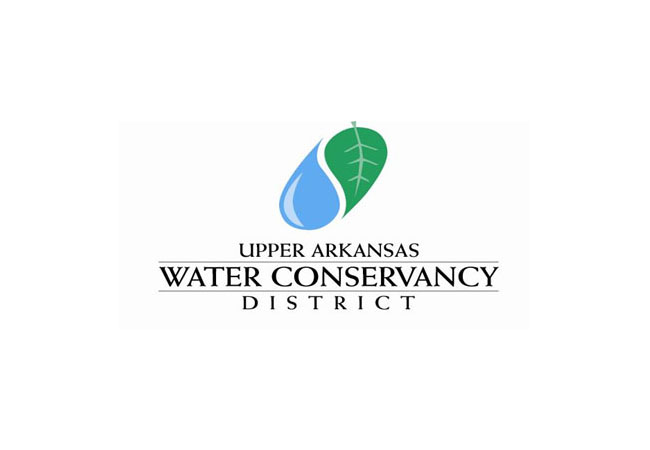It should be obvious to anyone – trying to fill a bathtub with the drain wide open is foolish.
This is precisely what the operators of the Colorado River system (Lakes Powell and Mead) have been attempting to do for the past 20 years. They have disregarded the increased withdrawals by the Lower Basin states (California, Arizona and Nevada) and the ubiquitous arid nature of the Southwest.
The Colorado River system and the Colorado Compact administration was set up with a series of reservoirs, recognizing the aridity of the region and the unpredictable amount of annual precipitation.
With reservoirs, when water is more abundant, the excess can be stored for later use when the inevitably drier periods arrive. In recent years, instead of reserving excess flows in the reservoirs, this excess was released to the Lower Basin states with the resultant excess draw-down of the vital storage system.
Most of the water supply for the Colorado River system is supplied by the Upper Basin states – Colorado, Wyoming, Utah and New Mexico. As planned, these states have continuously supplied the required 75-million-acre feet in 10 years, or an average of 7.5 million acre-feet per year.
The amount of water that each of these states uses each year is completely dependent upon precipitation, and in Colorado that water is allocated strictly by the Prior Appropriation System without the benefit of a storage system to draw upon for leaner years, except for water saved under the Prior Appropriation System.
As such, Colorado’s prior appropriation system automatically operates as a forced reduction in water use – a built-in “conservation brake.”
In contrast, the Lower Basin states – California, Arizona and Nevada – receive their Colorado River supply from reservoirs and have the luxury of taking any excess deliveries in wetter years or drawing previously saved water from storage in drier years.
The prudent regime would be to reserve the excess amounts in storage for use during drier periods. Instead of this exercise of prudence, the Lower Basin states have continuously gambled that those wetter periods would arrive and replenish the reservoirs.
In the chart below, we clearly see how Colorado and the Upper Basin states have reduced their use during drought while the Lower Basin States have increased their use during the same period.
Colorado River Consumptive Use (acre-feet)
| Year | Lower Basin States | Upper Basin States |
| 2019 | 9,349,000 | 4,560,000 |
| 2020 | 9,639,000 | 4,546,000 |
| 2021 | 9,987,000 | 3,534,000 |
| 2022 | 9,879,000 | ——- |
The primary purpose of Lakes Powell and Mead is hydro-power production; secondarily, these reservoirs provide drinking water and irrigation. The falling levels of these reservoirs spell disaster for power production, and now the Bureau of Reclamation, which operates these reservoirs, is sounding the alarm.
Unfortunately, unless drastic measures are taken that significantly reduce the annual draw by the Lower Basin states for the foreseeable future, all Colorado River Basin reservoirs will be jeopardized.
Colorado’s Blue Mesa Reservoir and Flaming Gorge Reservoir in Wyoming have already sent significant amounts of water downstream to rescue the Lower Basin reservoirs.
The present crisis is more about having allowed the Lower Basin states to over-appropriate water from the Colorado River system than the impact from the drier period of the past 20 years.
In Colorado, the Arkansas Basin, as well as the entire eastern half of Colorado, depends on Colorado River system imports for a significant portion of its water. In the Arkansas Basin, about 15 percent of all river flows are derived from this system.
In drier periods, these flows have always been reduced in recognition of water scarcity because they are regulated by the Prior Appropriation System. However, further reductions could come if the Lower Basin states are not forced to comply with the Colorado River Compact.
Given the political clout of Lower Basin states, it is quite possible that Colorado, including the Arkansas Basin, will have even less water.









